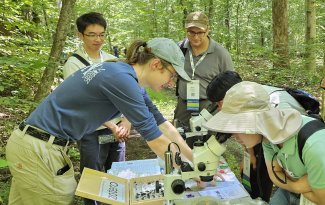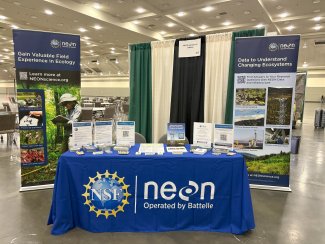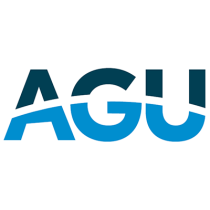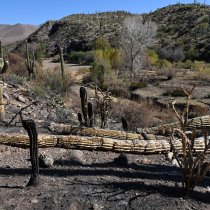ESA 2025 Recap
August 28, 2025
Thank you to everyone who joined NEON at this year’s Ecological Society of America (ESA) Annual Meeting, held August 10-15, 2025 in Baltimore! We’re still energized from a fantastic meeting, where we connected with both long-standing NEON users, as well as potential new members of the NEON community. NEON staff participated in over 15 conference events and activities showcasing the Observatory’s work and impact!
The week kicked off with a field trip to NEON’s field site at the Smithsonian Environmental Research Center (SERC) in Maryland, where close to 30 attendees joined our field science team there to learn more about NEON and SERC, participate in hands-on sampling demos, and tour the tower. Several participants expressed their excitement to staff, with many attending additional NEON sessions throughout the week. We look forward to ongoing engagement between NEON and this year’s field trip participants!
NEON Director, Dr. Paula Mabee, co-organized a symposium in honor of the U.S. National Science Foundation’s 75th Anniversary, entitled Exploring the “Endless Frontier” for Ecology. The session, co-organized with outgoing ESA President Dr. Stephanie Hampton, included presentations by Dr. Rita Colwell, Dr. Jianguo (Jack) Liu, Dr. Jeannine Cavender-Bares, and Dr. Christine Johnson.

NEON also engaged in events highlighting the Observatory’s impact on workforce development. NEON's Engagement Lead, Tanya Maslak, was invited by ESA colleague, Jonathan Miller, to join a special session, Toward a Professional Development Framework in Ecology: Identifying Key Skills and Training Needs, to co-present on complementary initiatives and lead participatory group activities to gather additional community insights to inform future trainings. We also held a career session featuring NEON staff representing diverse Observatory roles – from field science (Field Ecologist, Will Ponder), to data science (Dr. Christine Laney), to the NEON Biorepository (Dr. Chandra Earl), as well as remote sensing (Bridget Hass) and quantitative ecology (Dr. Eric Sokol). NEON emphasized recruiting for the upcoming field season, as NEON relies on temporary field technicians to safely and effectively collect data each field season.
Building upon NEON’s role in workforce development, staff hosted a variety of data skills trainings and workshops, including a session on using Google Earth Engine focused on working with NEON’s popular and very large AOP remote sensing datasets. One faculty member noted after the session how excited their student was with the new skills gained from the workshop. Other workshops were conducted in collaboration with NEON partners, including Environmental Data Initiative, Long Term Ecological Research Network and NASA. Visit NEON’s website for more highlights on NEON workshops and short courses at ESA 2025 from NEON scientists, Bridget Hass and Eric Sokol.

Since its inception, NEON has relied on the community to advise on the optimization of Observatory operations and impacts. In recognition of this value, NEON hosted an interactive workshop to guide the future user experience with NEON’s web portals and conducted a series of interactive surveys with community members that will be used to inform future NEON decisions.
Scientific achievements were front and center. NEON scientists, Dr. Ed Ayres and Dr. Sara Paull, presented research collaboratively conducted using NEON data, and Dr. Rommel Zulueta highlighted the benefits that NEON’s Research Support Services can offer PIs and others interested in environmental investigations. Additionally, this year NEON launched its inaugural “Best NEON Presentation Award”. Staff judged oral presentations incorporating NEON data, samples, or infrastructure into their research. We are pleased to announce PHD Candidate Corinne Vietorisz of Boston University as this year’s “Best NEON Presentation” award recipient.
NEON values our active partnership with ESA. Leadership from both programs connected during the Annual Meeting to celebrate recent successes and explore future collaborative activities. We look forward to engaging with the community at ESA 2026 in Salt Lake City, Utah!



